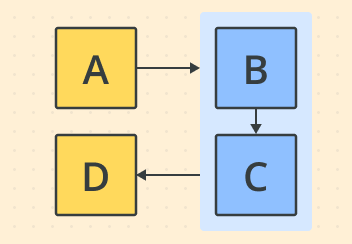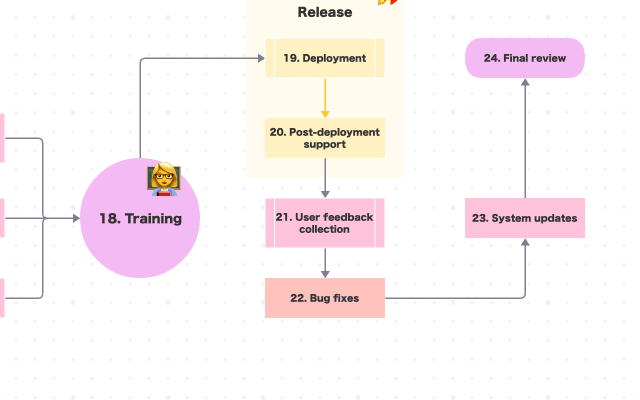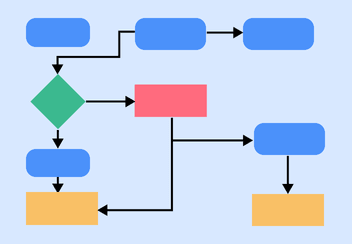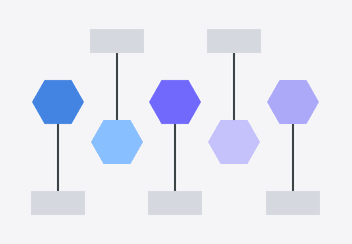- All templates
- Diagramming & Modeling
- Dependency Diagram
Dependency Diagram

Uses of Dependency Diagrams
A dependency diagram is essential for managing complex systems and projects. It allows you to visualize the relationships between different components, making it easier to understand how changes in one area can impact others. This clarity helps teams identify critical paths and potential risks early on.
During the planning phase, using a dependency diagram facilitates effective project scheduling. By mapping out dependencies, you can prioritize tasks and allocate resources more efficiently, ensuring that your project stays on track. This structured approach promotes accountability and enhances collaboration among team members.
Dependency diagrams also serve as valuable reference points throughout the project lifecycle. As new tasks emerge or priorities shift, updating your diagram ensures that everyone remains aligned and informed. This adaptability is crucial for navigating the complexities of project management.
Our dependency diagram template provides a structured format for visualizing your project components and their interconnections. Customize it to reflect your specific needs and enhance your project management processes today!

How to create your own Dependency Diagram
Open the Dependency Diagram template in Cacoo.
Start by defining the primary components of your project or system.
Identify the dependencies between these components, outlining how they relate to one another.
Use connecting lines to illustrate relationships and dependencies clearly.
Label connections with relevant details, such as types of dependencies or constraints.
Review the diagram to ensure it accurately captures the interconnections among components.
Share the dependency diagram with your team for collaboration and discussion.
Related tags
You may also like


